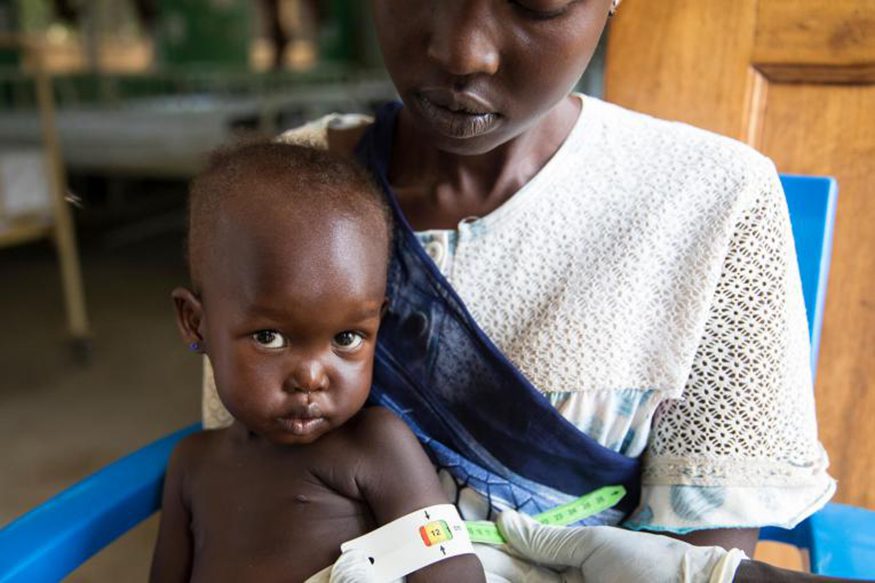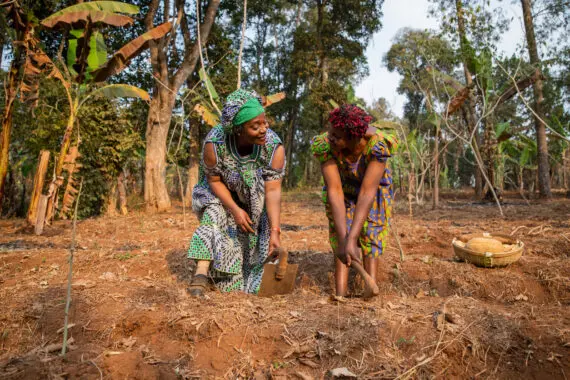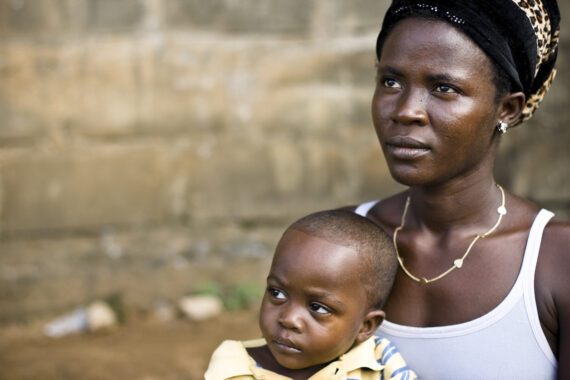By Tanuja Rastogi
Lurking behind the COVID-19 pandemic is news that is potentially even more devastating for the world’s most vulnerable people, those with the fewest resources and options. There may be a pandemic of malnutrition that affects millions of babies and young children. Without immediate action to avert such a disaster, experts in a recent Lancet report projected that the rate of wasting among children under 5 will spike by 14.3 percent this year.
An increase of such magnitude means that 6.7 million additional children will suffer from this life-threatening form of malnutrition. That, in turn, means that an estimated 10,000 additional children will die each month. These 6.7 million children are in addition to the 47 million children suffering from wasting in “normal,” non-pandemic times.
As shocking as these statistics are, the authors of the Lancet analysis have said that they reflect only the “tip of the iceberg.” They warn that estimates are “conservative.” One important omission is the costs of the anticipated increase in child stunting—costs that will recur for many years because an entire generation of children will have suffered lifelong damage to their health and their physical and cognitive development.
The socioeconomic hardships accompanying the pandemic, familiar to a vast number of Americans, are particularly harsh for vulnerable poor people in many parts of the developing world. As household incomes drop, families are unable to afford nutritious foods such as milk, eggs, fruits, and vegetables, or markets simply do not have them available, or both.
Nationwide shutdowns and mobility restrictions mean that mothers and their young children are unable to go for vital health and nutrition services, unable to get vaccinations, unable to receive the right prenatal care, unable to receive proper instruction and support on breastfeeding, unable to get treatment for children who lose dangerous amounts of weight or develop infections, and unable to get the right vitamin supplements for themselves and their children to support growth and a stronger immune system.
Without national safety net programs, such as WIC and SNAP in the United States, millions of mothers and children in many parts of the developing world are simply without lifelines in the face of the coming child malnutrition pandemic.
However, immediate action by the global community can prevent these projections from becoming reality. UN leaders, in an accompanying Call to Action in the Lancet, are calling for urgent measures that prioritize the nutritional needs of the most vulnerable young children. Swift response and investments are needed, including an additional $2.4 billion this year to enable humanitarian agencies to meet the nutritional needs of mothers and children in the most vulnerable contexts.
These dollar amounts pale in comparison to the losses that households, communities, and nations will face over the coming years and even decades. An entire generation of children will grow up unable to achieve their full potential because their health, educational attainment, and economic productivity have been impaired by early childhood stunting. Child malnutrition, particularly stunting, is associated with harmful economic impacts on countries, with annual GDP losses of as much as 11 percent.
Though the projections are grim, the good news is that unlike for COVID-19, the world already has the cure for the child malnutrition pandemic. The cure includes proven and effective nutrition interventions such as nutrient-rich diets, vitamin and micronutrient supplements, breastfeeding, and specialized nutritious foods to treat children who suffer from wasting.
Providing vital nutrition lifelines to millions of vulnerable mothers to protect their children from malnutrition seems almost simple in comparison to the race to develop a vaccine that will protect people all over the world from the novel coronavirus. The challenge is mobilizing the global community to act now to avert a child malnutrition pandemic.
Tanuja Rastogi, ScD, is senior global nutrition policy advisor with Bread for the World Institute.



